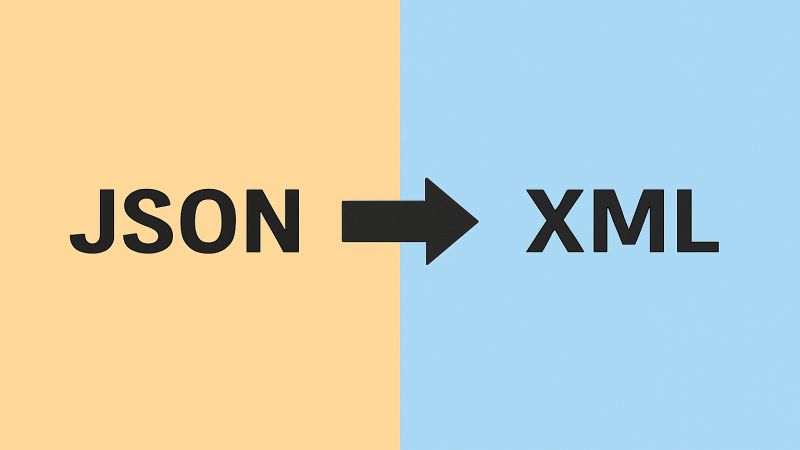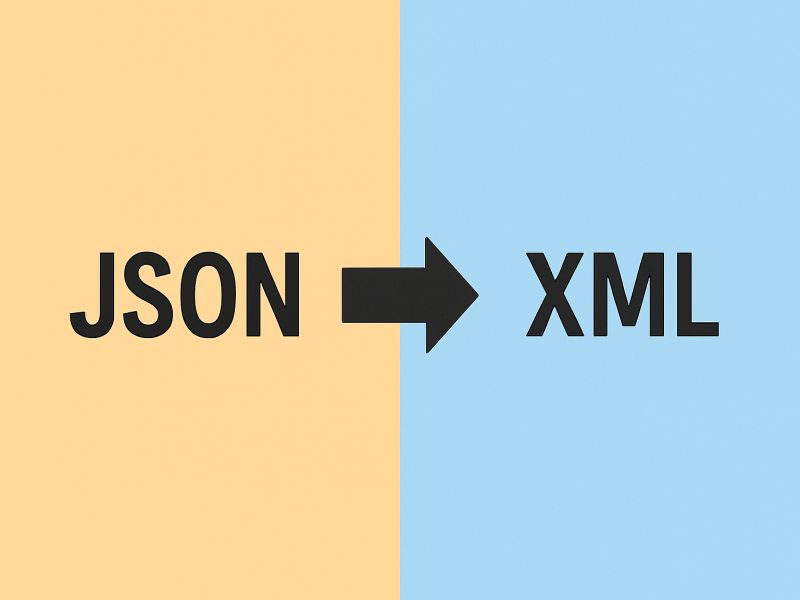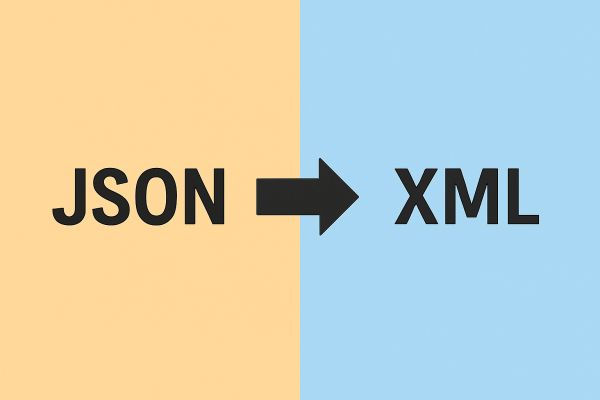Understanding XML: The Cornerstone of Structured Data Exchange

XML (eXtensible Markup Language) has been a fundamental standard for data representation and exchange for over two decades. Developed by the World Wide Web Consortium (W3C) in 1996, it was designed to store and transport structured data independent of software or hardware systems. XML's simple, text-based format makes it both human-readable and machine-processable, striking a balance between complexity and usability.
At its core, XML uses tags to define elements in a nested hierarchy. These tags are defined by the developer, meaning XML documents can be customized for any specific domain. For example:
<bookstore>
<book category="fiction">
<title lang="en">The Alchemist</title>
<author>Paulo Coelho</author>
<year>1988</year>
</book>
</bookstore>
The significance of XML in modern data exchange stems from several key features:
- Self-descriptive nature: Element and attribute names clearly describe the content and data types they contain.
- Platform independence: XML works across operating systems, programming languages, and devices without modification.
- Extensibility: Developers can create custom tags and nested hierarchies as their use cases evolve.
- Strict validation: XML schemas (XSD) provide strong data type validation and document structure enforcement.
Why convert JSON to XML? JSON might originate from modern web APIs, while XML is often required in enterprise systems, SOAP-based services, or legacy integrations. Our tool simplifies this transformation by preserving complex structures, nested objects, arrays, and data types. The conversion process maintains the logical relations within your data while translating it to a format compatible with XML processors. This enables you to leverage modern REST APIs alongside legacy SOAP-based systems without loss of data integrity.
For developers working with integrated systems, transforming JSON to XML enables:
- Modern-enterprise integration: Passing data between REST APIs and SOAP-based services
- Compatibility: Using XML-required tools in modern JavaScript ecosystems
- Flexibility: Leveraging XSLT transformations for XML presentation layers
- Data Preservation: Maintaining complex hierarchies when XML storage or transfer is required
XML remains particularly valuable in industries with strict data standards including healthcare (HL7), finance (XBRL), and publishing (DocBook). Even as JSON has gained popularity for web APIs, XML's maturity and robust tooling ensure it remains foundational to enterprise data integration strategies.

